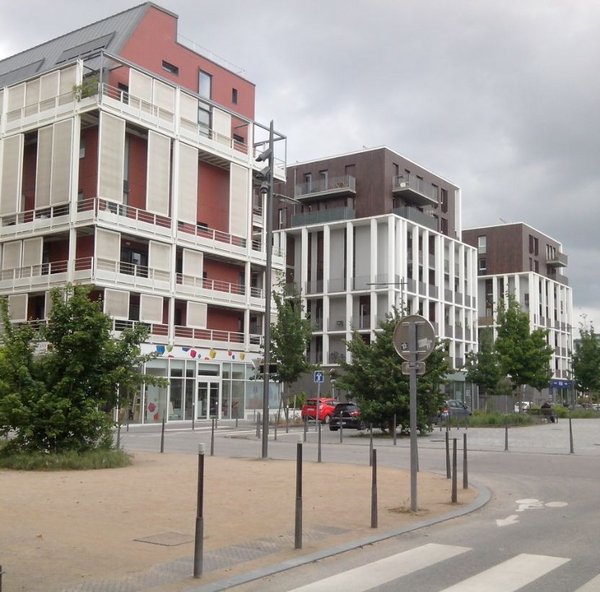
Develop energy efficiency projects at the scale of a block or district
The CESBA MED project aims to build, on the basis of the results of ten previous European projects, an evaluation and assistance for the implementation of energy efficiency projects at the scale of a block or district, in addition to the actions carried out on its component buildings.
The project is based on the observation that energy efficiency actions at the scale of a building do not allow to exploit the full potential of synergies (district heating, photovoltaic installations, etc.) as much as groups of buildings, blocks or districts. Nevertheless, at these scales, the decision-making processes and means of intervention are complex.
Moreover, there are several indicators for evaluating energy efficiency projects at the building and neighbourhood level. Many international standards compete with each other, to which national standards are added. This multiplicity of tools, indicators and calculation methods does not enable to effectively compare energy efficiency works between European regions. The main difficulty lies in harmonising practices, while taking into account the different climatic constraints between European regions.

Tools to facilitate local authorities' decision-making
The CESBA MED project is thus intended to produce tools that facilitate local authorities' decision-making and to address the issue of sustainable building with a twofold objective:
- Link the performance and characteristics of a building (eco-materials, indoor air quality, etc.) to those of the block or district (district heating, shared photovoltaic power plant, cycle paths, etc.);
- Develop a method and indicators ("CESBA SN Tools") that allow both coherence and comparison at European level, and local contextualisation, while being adapted to regional situations. These tools can then be used in European policies, as well as in national or local policies.
Focus on the regional initiatives
In Auvergne-Rhône-Alpes, AURA-EE has worked with SERL (a developer in the Lyon region), the Métropole de Lyon (leader of a reference system for sustainable neighbourhoods) and the Local Energy and Climate Agency (ALEC). The ZAC Bon Lait, in Lyon Gerland, a district built with sustainable objectives, was selected. It was designed and built according to the sustainable neighborhood standard of the Métropole de Lyon. The test was conducted in two stages and most of the dwellings were delivered in 2013. Assessment of the building qualityThe first phase confirmed that the quantification tool created at the European level can be adapted to the local context in Lyon, using the prioritization of indicators, which helps to highlight local issues. To carry out this first test phase, AURA-EE requested the support of ALEC of Grand Lyon to work on the quantification of building quality (for 2 buildings in the ZAC and on the scale of the district). Analysis of the inhabitants’ perception of the ZAC Bon Lait neighborhoodAURA-EE collaborated with the University Lyon 2 and the Scope(s) research bureau, expert in social psychology. The study had a twofold objective: on one hand, to understand the impacts of sustainable accommodations on the inhabitants' lives and, on the other hand, to identify indicators to be used in future projects. CESBA Neighbourhood AwardCESBA MED organised a European competition for sustainable neighbourhoods, CESBA Neighborhood Award (CNA). The Award is a European section of the Global Urban Challenge 2020 of the Sustainable Built Environment series. It is an official recognition created to highlight the best practices of sustainable districts. |
[Updated: May 2020]


Imprimer